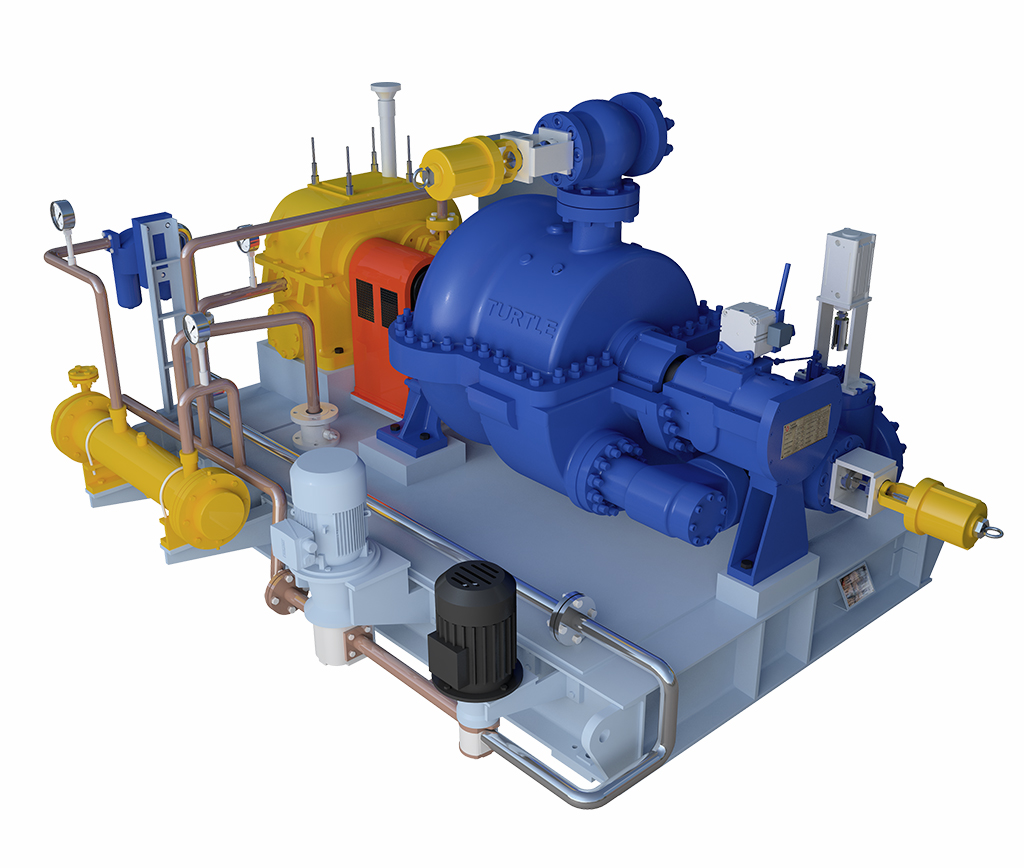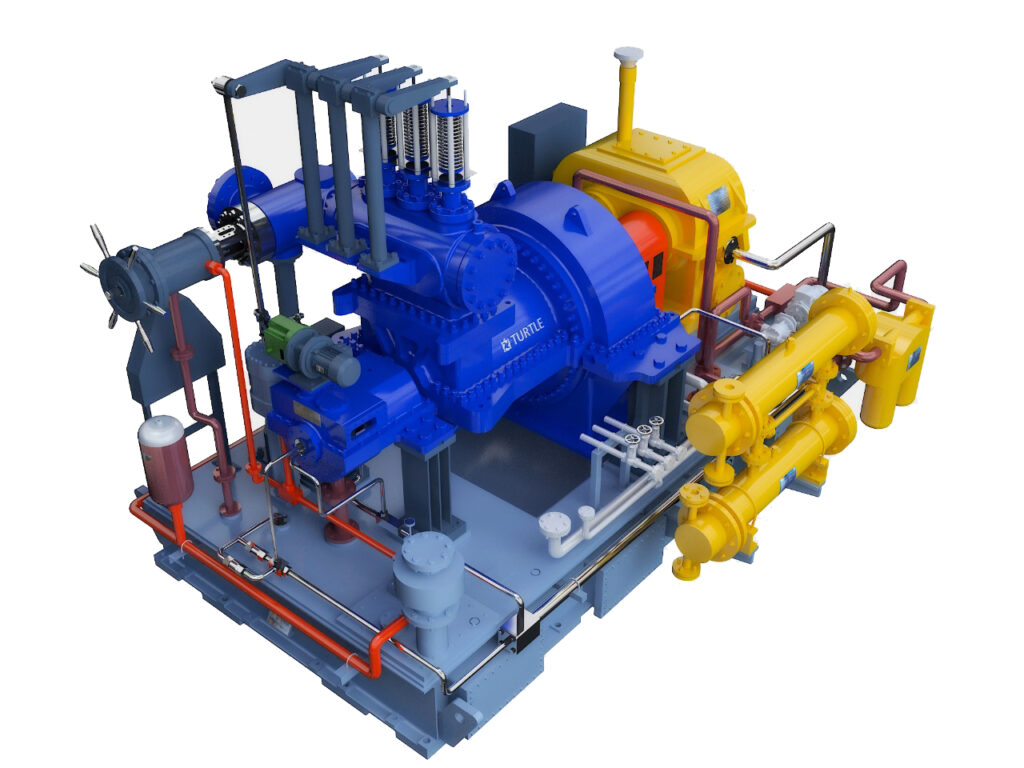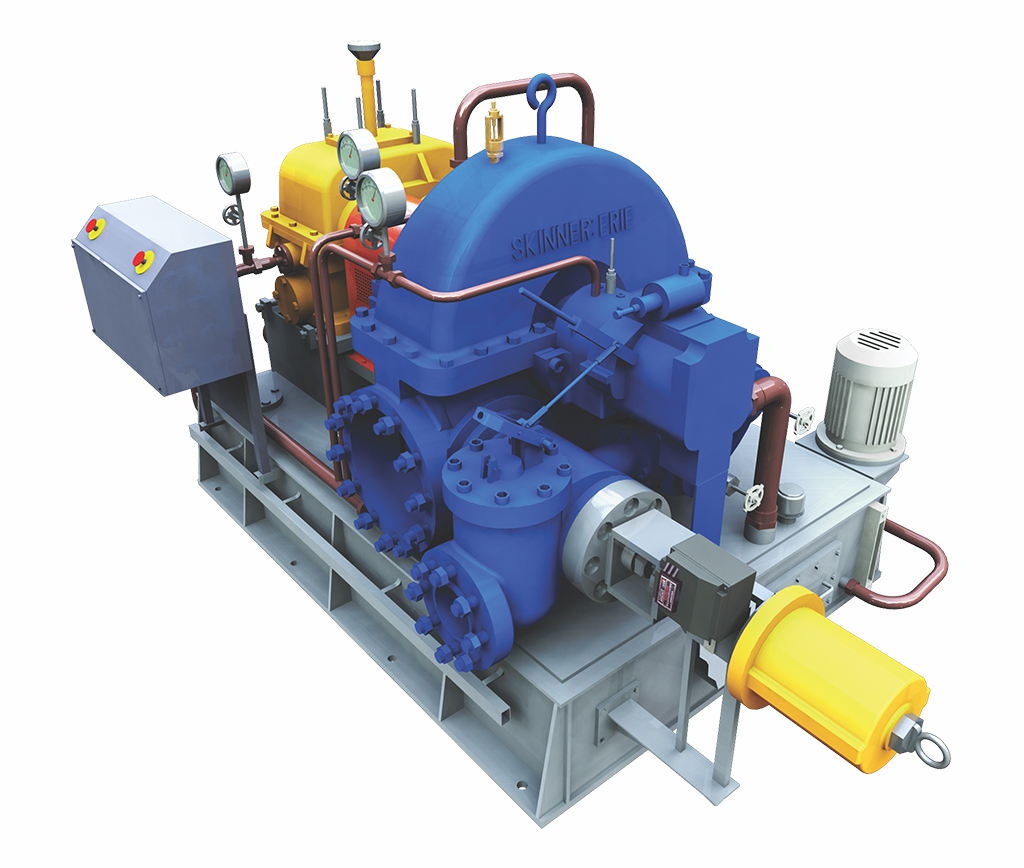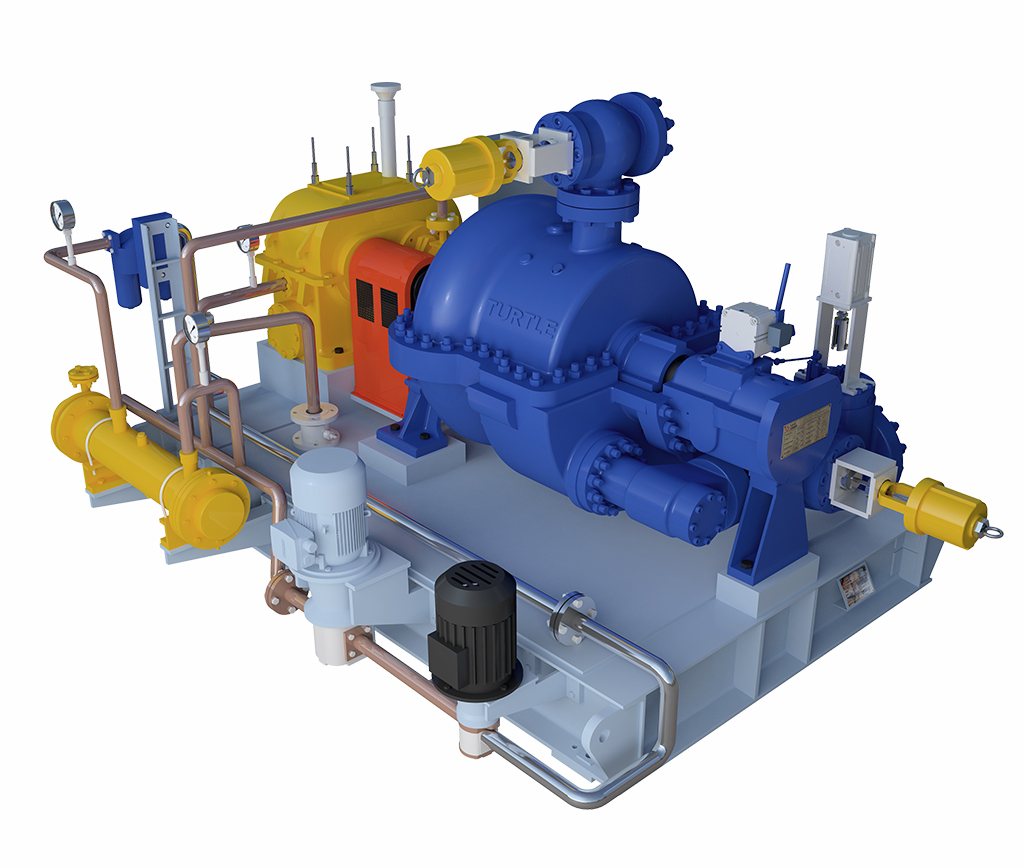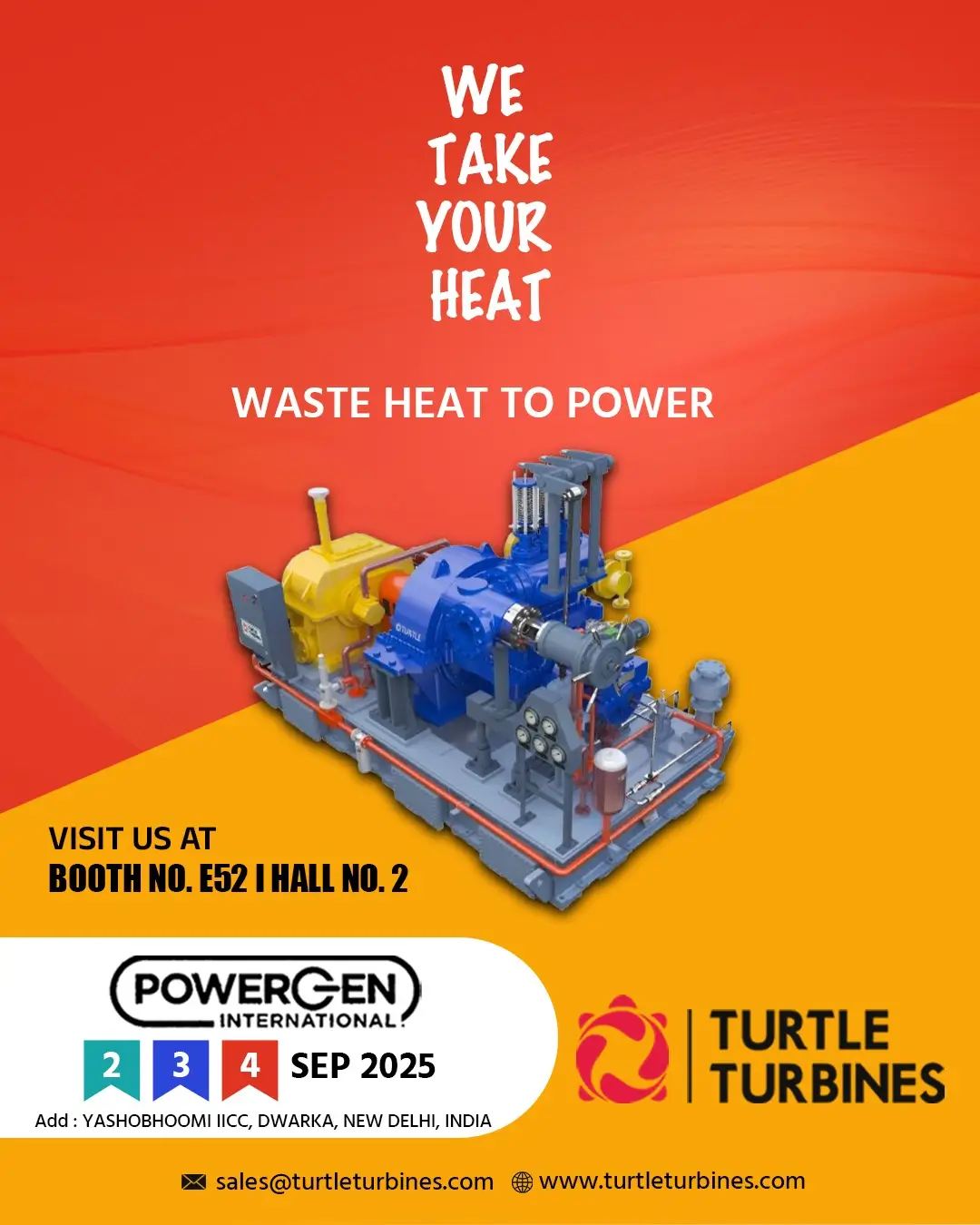Energy costs for heat and power represent major operating costs for process industries. These costs have increased more than the consumer price index in recent years. To save on this cost Back Pressure Turbines in Australia are used widely by the process industries. Back Pressure Turbines in Australia are used in Process Industries as generator drives and mechanical drives for pumps, and compressors ranging from 50 kW to 3000 kW range. Back Pressure Turbines in Australia are also often used in renewable energy sectors like biomass, waste-to-energy, district heating, and seawater desalination applications.
Co-generation with Back Pressure Turbines in Australia is the targeted technology for commercial viability. Also, back-pressure turbines in Australia are helping customers in achieving their cleaner power generation objectives.
With co-generation back, a pressure turbine can deliver the exact pressure demand by the process and generate electrical power for the plant. Onsite co-generation systems have total efficiency of up to 85% as compared to the 30% efficiency of coal-fired grid-supplied electricity which ensures good sustainability for the coming years.
Turtle Turbines are delivering such back-pressure turbines for the last two decades which can be best suitable to fulfill the electrical need in Australia. Our product range is from 50 kW to 3000 kW. For more details visit our website and write to us at,
turtleturbines.com
Turtle Turbines is one of the most reputed Steam Turbine Manufacturers In India.
